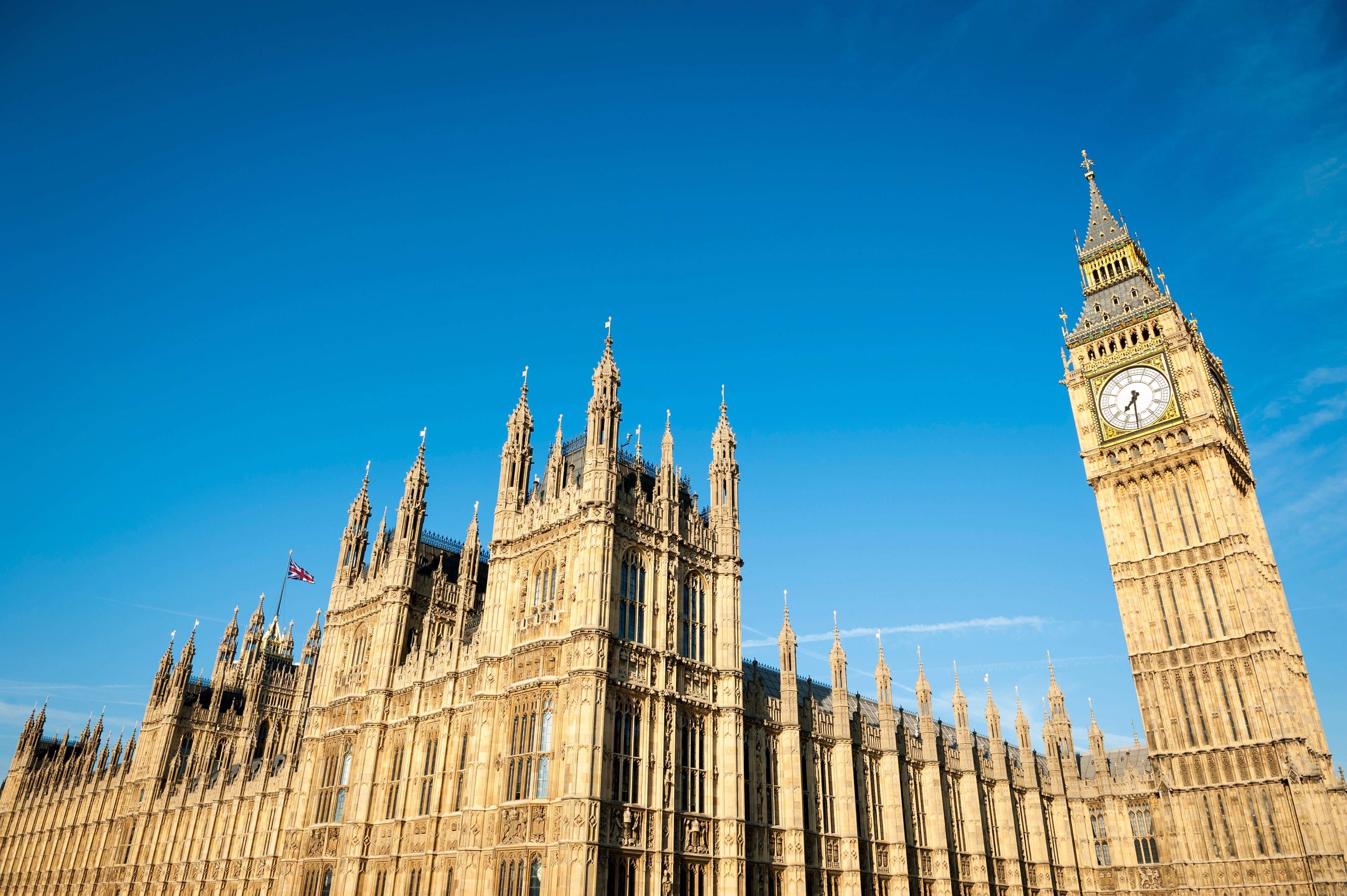UK Spending Review - 12 June 2025 - Key Takeaways for Low Carbon Innovation

Spending Reviews signal government priorities, both in what they fund and what they leave out. For business, investors, and innovators, strategic alignment with these signals is essential for delivering meaningful progress. In the climate space, this alignment is especially critical: the low carbon transition requires coordinated action and shared ambition across sectors.
In the recent Spending Review, Ed Miliband was described by The Guardian as “one of the biggest winners.” This follows a 16% budget increase for the Department for Energy Security & Net Zero (DESNZ), the largest of any department, which clearly signals the government’s intention to take a leading role in climate action. The opportunities to accelerate the transition are now on the table we just need to unpack what they are.
So, stepping back from the details, what are the standout messages for low carbon innovation in the UK Spending Review announced by Rachel Reeves on 12 June 2025?
Boosting Innovation Through Targeted R&D In Clean Technology and Industrial Solutions
The government has reaffirmed its commitment to a low carbon future. A £60 billion-plus boost for the green economy, including an additional £22 billion specifically directed towards R&D, firmly establishes low carbon innovation as central to economic and environmental strategy.
This focus on R&D is critical. As Hon. Shirley Ayokor Botchwey remarked at Innovation Zero World 2025, “Innovation has always been the engine of human progress. From the steam engine to the silicon chip, innovation has reshaped our world.”
Today, it holds the same transformative potential for how we power our homes, move goods, grow food, and build cities.
Accelerating Widespread Home Retrofits for Energy Efficiency
Another clear priority is energy efficiency at scale. The reaffirmation of the £13.2 billion Warm Homes Plan, promoting domestic energy-efficiency upgrades and accelerating heat-pump adoption, highlights ongoing commitment to practical, community-level sustainability and innovation.
This investment targets millions of homes, supporting insulation, double glazing, and clean heating—cutting emissions and energy costs while creating green jobs across the UK. Social equity remains central, with a focus on reaching vulnerable households and tackling fuel poverty.
With the government’s industrial strategy due at the end of the month, there is anticipation around how these retrofit ambitions will be strengthened and embedded within a wider, coordinated framework for clean growth.
Scaling Nuclear Power and CCUS Alongside Renewable Energy
The government's move towards nuclear energy is significant, allocating £30 billion across various nuclear projects. Investment highlights include £14.2 billion for Sizewell C and £2.5 billion earmarked for Rolls-Royce small modular reactors (SMRs), expected online by the mid-2030s. Nuclear fusion receives an ambitious £2.5 billion investment, indicating a bold long-term vision for future energy innovation, even as practical timelines remain uncertain.
Great British Energy – Nuclear will shortly publish a new framework in collaboration with the National Wealth Fund for exploring further investment opportunities in viable nuclear projects. This framework will help define a pathway for long-term private-public partnerships and provide greater certainty for investors and developers in the sector.
Additionally, a £9.4 billion commitment to carbon capture usage and storage (CCUS) by 2029 underscores urgency in addressing current industrial emissions. Reeves confirmed that the UK's first commercial-scale CCUS sites are being established in Teesside and Merseyside, major industrial regions that stand to benefit from decarbonisation investment and job creation. This signals a shift from planning to implementation and reflects the government's aim to develop viable, scalable models for industrial decarbonisation.
Enabling Low Carbon Transport and Green Manufacturing
A bold commitment to cleaner transport and sustainable industry is now taking shape. A substantial £15 billion investment in low carbon public transport infrastructure beyond London, targeting one of the largest sources of emissions: transport. Meanwhile, £3 billion allocated specifically for green manufacturing, including electric vehicles, batteries, and low carbon aviation, illustrates proactive steps to embed sustainability upstream within industrial supply chains.
Together, these investments clearly outline the opportunities ahead: targeted infrastructure, clean industrial growth, and a more connected, sustainable economy.
These growth areas align with Innovation Zero’s ongoing mission: connecting forward-thinking policy with tangible business, funding, and innovation opportunities. Now is the time for innovators, funders, and businesses to act decisively and align their strategies with the UK government's vision for a just and sustainable transition. The direction is clear; those who move early and with purpose will help shape the low carbon economy of tomorrow.


